The content of the article
You won’t surprise anyone with exotic fruits, especially when it comes to kiwi. This fruit has won the trust of adults, but what about children? Many parents ask a very topical question regarding when it is allowed to treat crumbs with overseas fruit. Just say that, as a product for the first feeding, kiwi is not suitable. In this area, the leaders remain apples. In today's article, we analyze everything about the impact of kiwi on the health of the younger generation.
The positive effect of the fruit on the children's body
Before treating the child with this fruit, we recommend that you familiarize yourself with the positive aspects of the fruit.
- The main value lies in the fully formed and rich chemical list of compounds. The composition contains all the minerals that children need for proper development in accordance with the age group.
- The basis is included ascorbic acid in high concentration. If you consume only one fruit per day, you will be able to cover the daily norm in this vitamin. It is noteworthy that in kiwi there is more ascorbine than in the notorious citruses and some winter berries. It is difficult to overestimate the importance of vitamin C for humans. This substance increases protective functions in the offseason, during the spread of acute respiratory viral infections and influenza.
- Kiwi is rich in vitamin PP, which is responsible for the proper functioning of the vascular system and heart muscle. The action is supported by the content of tocopherol, retinol, B-group vitamins. All of them make the child's body resistant to bacteria and viruses. To prevent serious pathological processes, it is enough to lean on the fruit once a week.
- Vitamins of the B-group should be included in a separate category by value. They soothe babies who are often naughty. These substances have a beneficial effect on the psychoemotional background, establish sleep, fight the first signs of depression. Vitamins improve brain function and are responsible for cognitive abilities.
- Tropical fruits are often included in the diet of children who are prone to gain weight. Kiwi enhances absolutely all metabolic processes, including the breakdown of adipose tissue. The fruit stimulates the digestive system, eliminating constipation and other troubles (flatulence, gas formation).
- Magnesium with potassium improves the functioning of the heart muscle. These mineral elements increase stress resistance, quickly restore the body after heavy physical exertion. Kiwis are given to active children in order to maintain vigor and good mood.
- Overseas fruits are famous for their soft diuretic properties, due to which the body leaves excess fluid and the urinary system is cleaned. The product can be eaten by diabetics, since fructose in the bulk is the basis.
Features of the introduction of kiwi in a children's diet
- Children are not allowed to give the presented fruit until half a year, as well as everyone else. As for the period after reaching 6 months of age, the opinion of pediatricians is mixed. Some argue that you can treat the crumbs for testing. Others advise abandoning this idea until the baby reaches the age of one.
- Since the digestive system of the crumbs is not yet fully formed, it is not worth the risk. When the child turns one year old, give him fruit in small volumes. Be sure to monitor the reaction and feed before lunch. On this day, no longer enter new products on the menu.
- As for the single amount, one little bit is enough for the child.If the body tolerates such a meal normally, you can subsequently increase the serving to 2 slices. As an alternative, treat the baby 1 tsp. Kiwi in puree form. Frequency of admission - once a week.
- After reaching 3 years of age, you can not be afraid that the body will not accept a tropical fruit. Usually at this age they give half the fruit. Be sure to remove the peel, choose a fully ripened fruit.
- Treat your child with diced or mashed potatoes. Despite the increase in quantity, the frequency of reception is not necessary. Children 3-5 years old use kiwi once a week. After this period, the volume rises to 1 fetus at a frequency of twice a week.
Kiwi selection for a child
- Despite the fact that adults prefer to buy vegetables with fruits from familiar sellers in the market, when choosing a kiwi for the baby, give up this venture and go to the store. Evaluate the fruit visually, be sure to test for hardness.
- A good fruit will bend under the pressure of a finger. It is not necessary to take excessively ripe fruits, as they are already beginning to rot. At the same time, it is worth giving up on immature or buying for the purpose that you let them lie on the windowsill for a while.
- Kiwi, suitable for children, has a citrus smell. The fruit is smooth, uniform. If you click on such an instance, it will save the juice, the liquid will not go from the area of the stalk.
- Refuse the purchase if you notice wrinkles, spots, drops, cracks on the skin. Nice fruit dry outside, but not overdried. At the slightest suspicion of immaturity, it is necessary to place the product next to the bananas and leave to ripen.
Desserts Recipes for Kids with Kiwi
- From the tropical fruit in question, you can prepare a low-calorie dessert. The advantage of such a delicacy is that it does not create a large load on the digestive system of the child. On the contrary, the active composition improves the digestive tract.
- Such a delicacy will appeal to any sweet tooth. To do this, peel two fruits, pass through a blender. Stir in 1.5 tbsp. l granulated sugar. Send the mass to the stove. Strain before simmering over medium heat.
- Dilute 2 packets of gelatin in water. Stir in the sweet mass. Wait for the components to completely dissolve. Pour the finished mass into molds, send in the cold for a while. In the meantime, pour 3 sachets of gelatin in 50 ml. milk.
- Warm components to completely dissolve grains. Leave at room temperature. Whip 50 ml. cream, gradually pour 1 tsp. vanilla sugar and 1.5 tbsp. l classic granulated sugar. The creamy mass should increase by 2 times.
- Gradually inject 0.25 liters into milk. yogurt and creamy mass. Put the finished mousse on jelly, send to the refrigerator. Leave the treat for a few hours. After that, you can pleasantly surprise the child.
Oatmeal with Kiwi
- Pour into a stewpan of 0.75 liters. milk. Put on the stove, bring to a boil over medium heat. Pour 80 g. oatmeal. Knead. Sprinkle some vanilla and cinnamon on the ingredients. Stir and simmer for another minute.
- Meanwhile, peel 3 kiwi, cut into slices. Put the fruit on top of the porridge. Add to taste jam, crushed nuts, honey.
- For a baby, such a dish will be an excellent breakfast that will energize the body for the whole day. Unusual porridge is recommended for children over 3 years.
Cottage Cheese Casserole with Kiwi
- Use a convenient bowl. Grind 3 eggs and 120 gr. granulated sugar. Melt 0.1 kg separately in a steam bath. butter.
- Stir in the egg mass. Add 0.7 kg to common ingredients. cottage cheese, pour 3 tbsp. l semolina.
- Peel 1 kiwi and 0.1 kg. chop pineapple, chop finely. Send to the main ingredients. Pour the workpiece onto a baking sheet, send to the oven. Bake the treat at 180 degrees for about 50 minutes.
Harm Kiwi
- Numerous studies have confirmed the fact that the fruits in question belong to the list of allergenic fruits. Most often, an allergic reaction is manifested by swelling of the pharynx, tongue, shortness of breath and rashes on the skin.
- In especially severe cases with individual intolerance, anaphylactic shock may occur. It is for this reason that an exotic fetus should be introduced into the baby’s diet with extreme caution. There is a high probability of developing allergies. Therefore, it is better to postpone acquaintance with the fruit until 5 years.
- Before including fruit in the menu, consider contraindications, because of which the condition of the child can be significantly aggravated. Kiwi is forbidden to give with individual intolerance, a tendency to develop any food allergy, gastritis with high acidity, loose stools, and kidney failure.
- Do not forget that most often an allergic reaction manifests itself at an early age. Therefore, enter kiwi into the menu as late as possible. Also consider the possible chronic diseases that the baby may have. It is best to coordinate all the subtleties with the pediatrician.
- British scientists conducted research, thanks to which it was possible to establish that an exotic fruit is especially dangerous for babies who have at least once manifested a food allergy. For this reason, it is recommended to postpone acquaintance with the product as long as possible.
Today we examined a topic exciting many parents - how and in what volume to feed their baby with exotic fruits. Rely on the opinion of experienced pediatricians who do not recommend giving kiwi to babies under the age of one. Start introducing the product with one slice, gradually increasing the amount. After 3 years, you can not be afraid of negative consequences, the body will get used to the saturated composition and absorb it fully.
Video: why you need to eat kiwi every day


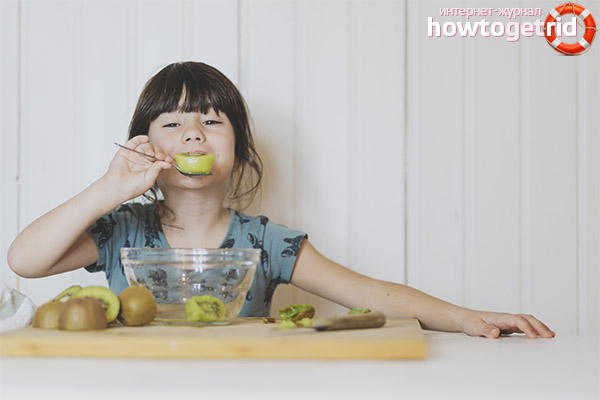
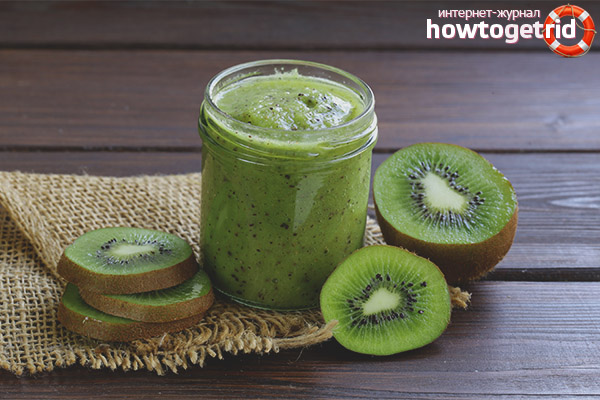
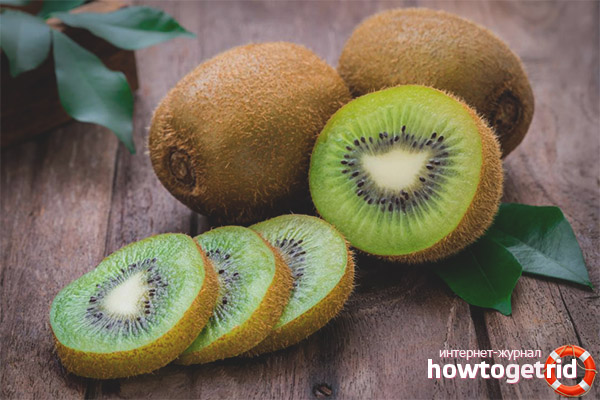
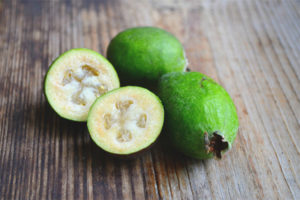

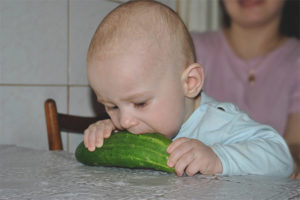
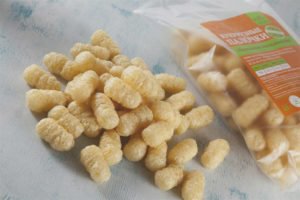
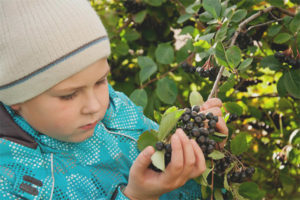
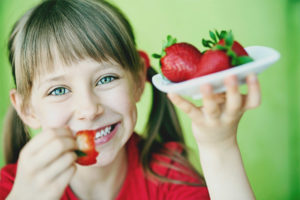
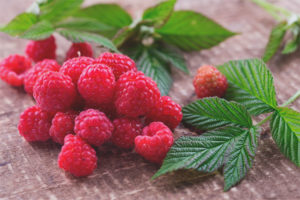
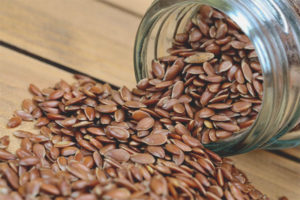
Submit